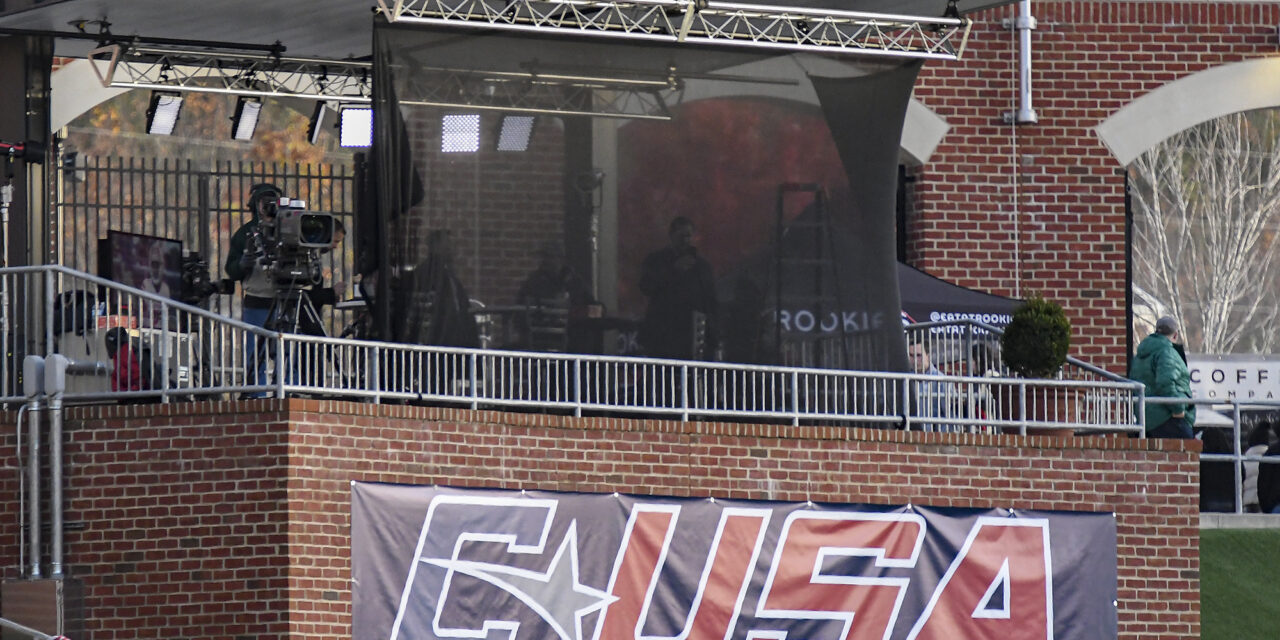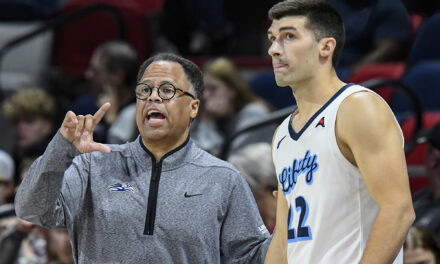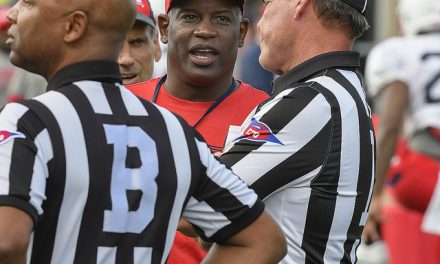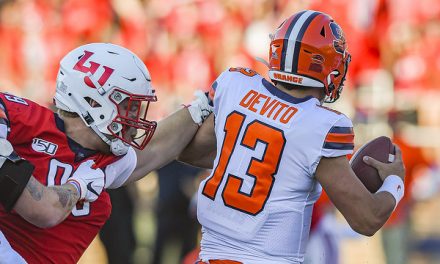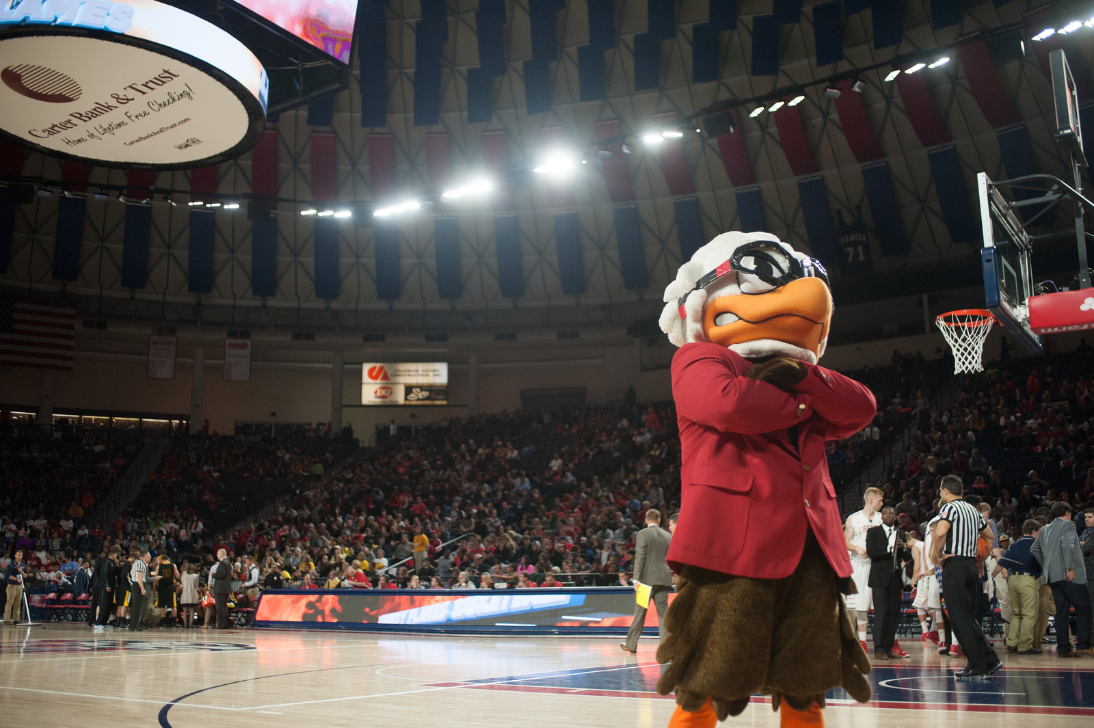As we continue our review of Liberty joining Conference USA which became official on July 1, we now turn our attention to the resources the CUSA member schools have devoted to their athletic departments.
The first metric to look at when comparing athletic resources is yearly budget. Liberty outspends everyone and it’s not close. Here is a list of reported expenses for the fiscal year ending 6/22: (source Equity in Athletics Database)
Expenses are made up of things like coaching salaries, travel, and facilities (most of the time excluding capital projects).
Liberty 57.42M
FIU 39.29M
MTSU 35.6M
UTEP 33.13M
New Mexico State 31.16M
WKU 28.54M
LA Tech 25.97M
Kennesaw State 25.17M
Sam Houston 20.6M
Jacksonville State 18.34M
When realignment happened and CUSA was raided and left for dead, some serious conversations about financial commitment to athletics took place and the message was clear from all remaining CUSA members along with new additions, that there would be a renewed commitment to athletics among the schools in the league. It’s anticipated that these numbers from 2022 will collectively rise during the next reporting cycle, but it’s clear, Liberty is way out front and we don’t see that changing.
In a lot of cases, revenue generated is equal to expenses. I expect an immediate revenue boost for all schools with the new CUSA media partnership with CBS and ESPN. This will provide major exposure on television for the conference. Also, as happened in the ASUN, Liberty will incentivize university executive admin to raise athletics budgets in order to compete and reap the massive benefit for the university that comes from having a successful athletics department.
The next metric to analyze are facilities. These were mentioned in expenses above, but most major athletic facilities are paid for as capital projects outside of the athletics budget. You can better gauge a university’s financial commitment to athletics by looking around campus at athletic facilities. They are very important in recruiting as players want to play and work in beautiful buildings, not dated and dilapidated junk.
By the eyeball test, it’s clear Liberty, most recently building a $65M best in class basketball arena. Liberty has also put nearly $50M into a new football indoor facility and operations center upgrades within the last decade, not to mention Williams Stadium upper deck and luxury box upgrades two years ago.
The great thing for CUSA is the “renewed commitment” by universities came with a price tag and several schools announced facility upgrades and new facilities being built. Some quick digging and even Jacksonville State (bottom of the ’22 budget list) is planning an $80M football facility addition/upgrade. This is a massive commitment from JSU.
FIU has updated their master plays, Western Kentucky is building a $35M indoor practice facility, and Louisiana Tech recently had a $22M football facility upgrade. Liberty set the blueprint for facilities and fellow CUSA members are stepping up to the plate and making the investment.
The last part of his resource analysis is an emerging benchmark and metric for athletic departments around the country. How many opportunities and what dollar amounts are prospective student athletes able to make with their Name, Image, and Likeness at each university? Does your school have a collective? How much are student athletes being paid? How much can they earn? These are all questions that are emerging and becoming an increasingly big part of college athletics.
We don’t have the answers in this article because there is very little to no transparency into these amounts. Most collectives are run by a third party and not the university, and there is no level of disclosure. You can’t even really get a good picture by talking to “experts” or “players”. Some of it is promised/pledged money, some of it is real in the bank money, some of it is wishful thinking to try and recruit money.
Until things change around NIL disclosure rules/laws we could never know. Also, a lot of these collectives and NIL opportunities are just getting formed and could be bang or bust. NIL is really such an ambiguous metric for one of the most important financial pieces in college athletics.
In summary, Liberty comes into CUSA as the leader in financial commitment. Fellow members are making a major commitment to raise the financial expectations. One other observation is Liberty actually hasn’t seen this level of parity and competition in spending in the ASUN or Big South or maybe in the history of the athletics department. It will be interesting to see how Liberty competes with similar athletic budgets/resources, although the Flames are still firmly atop the conference.

